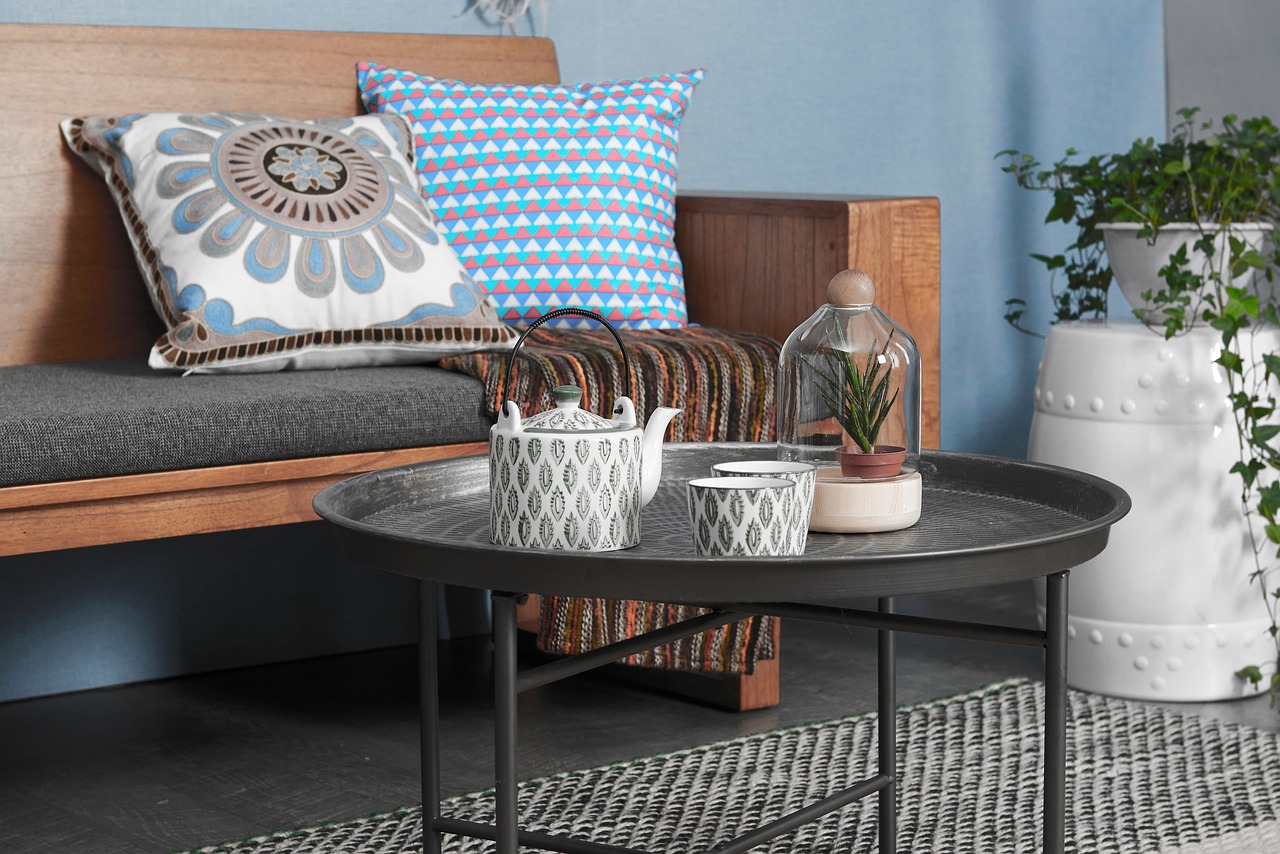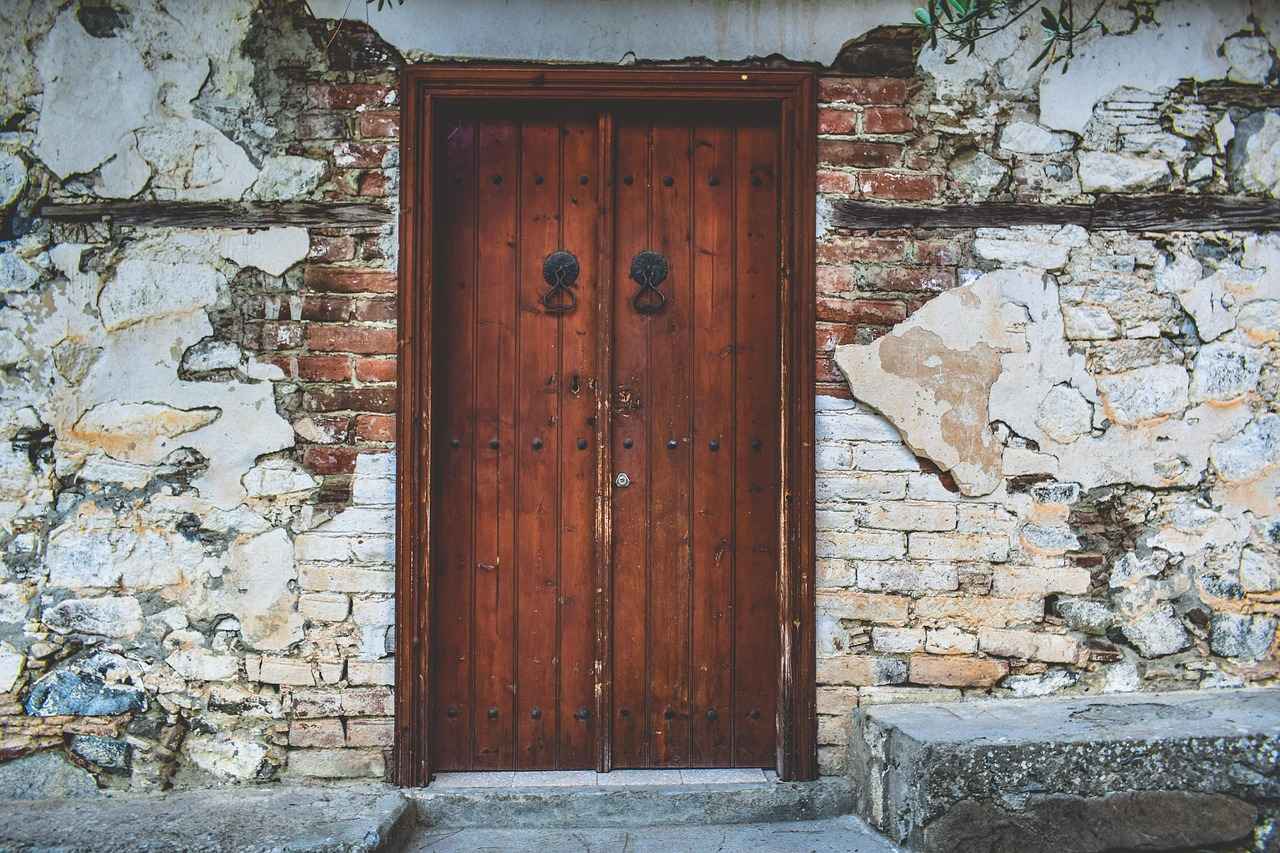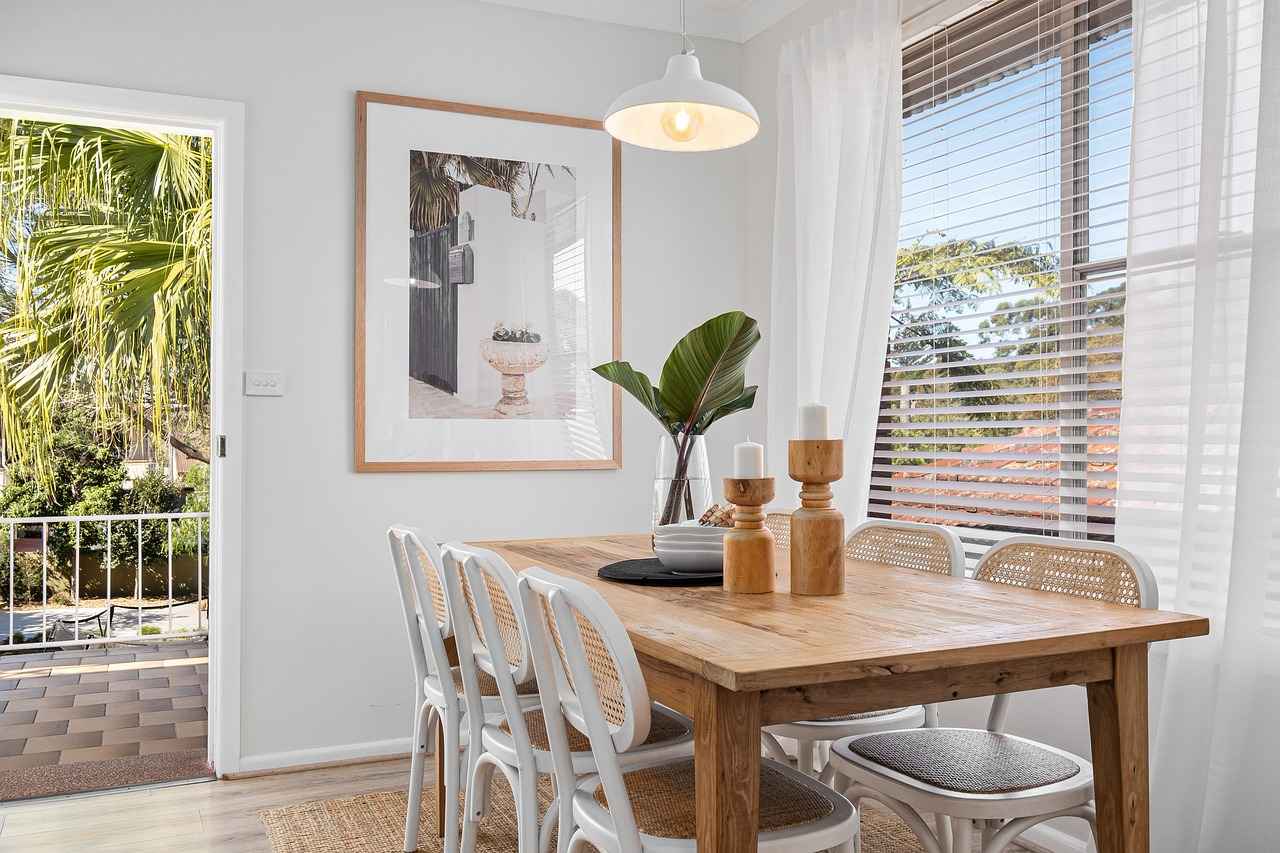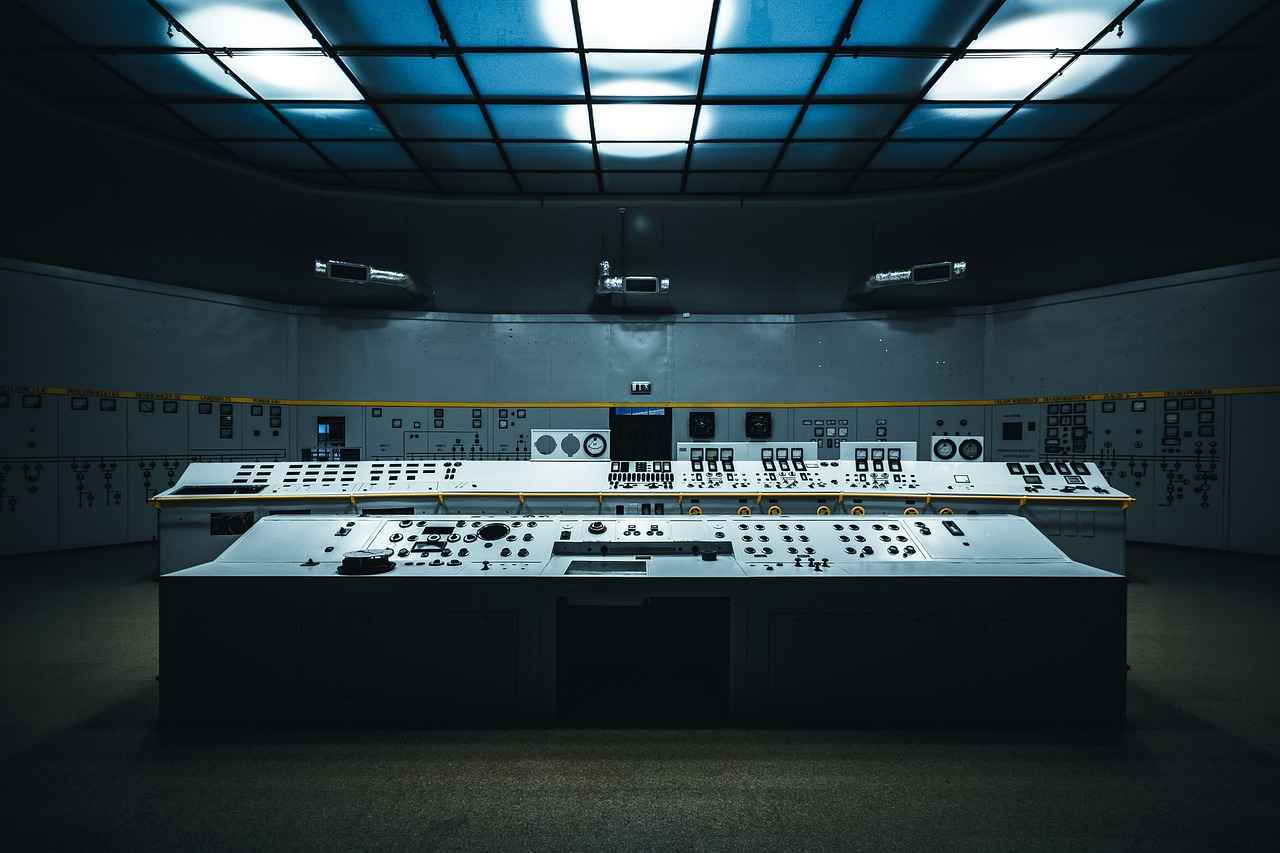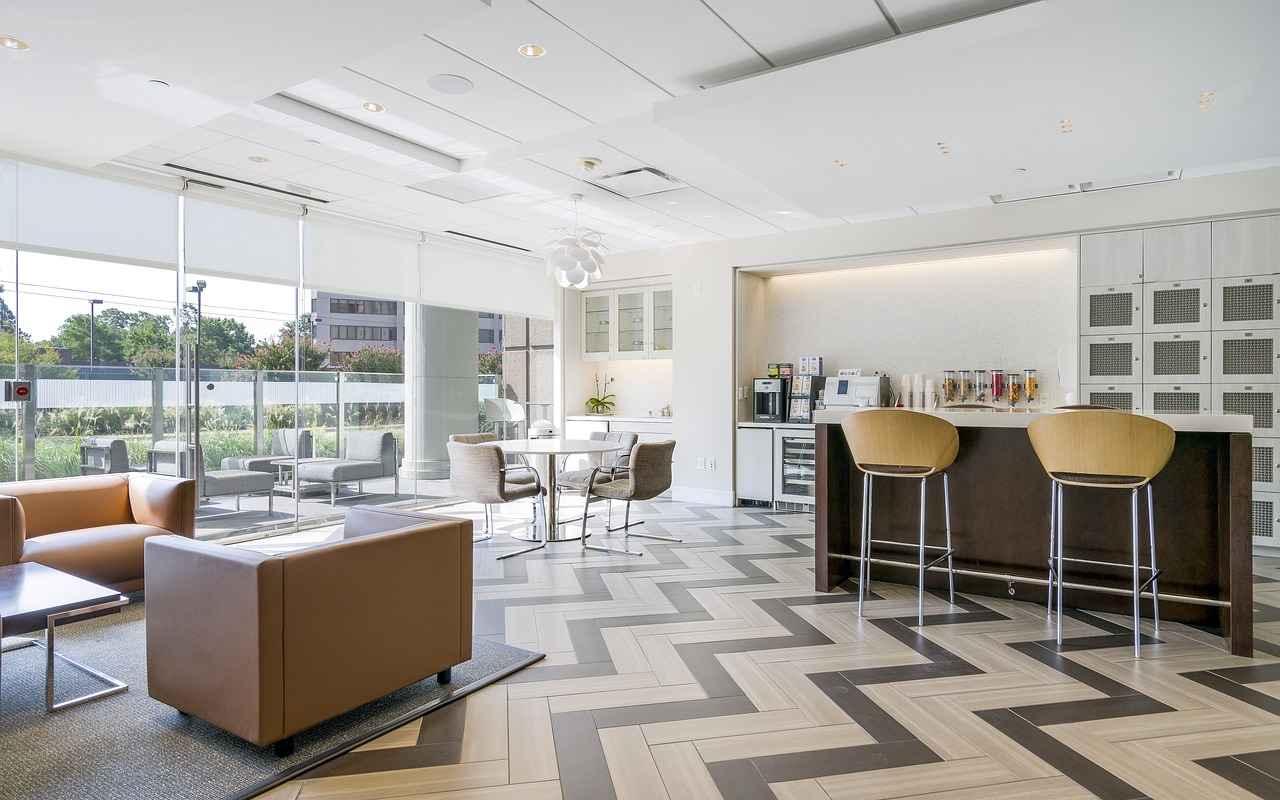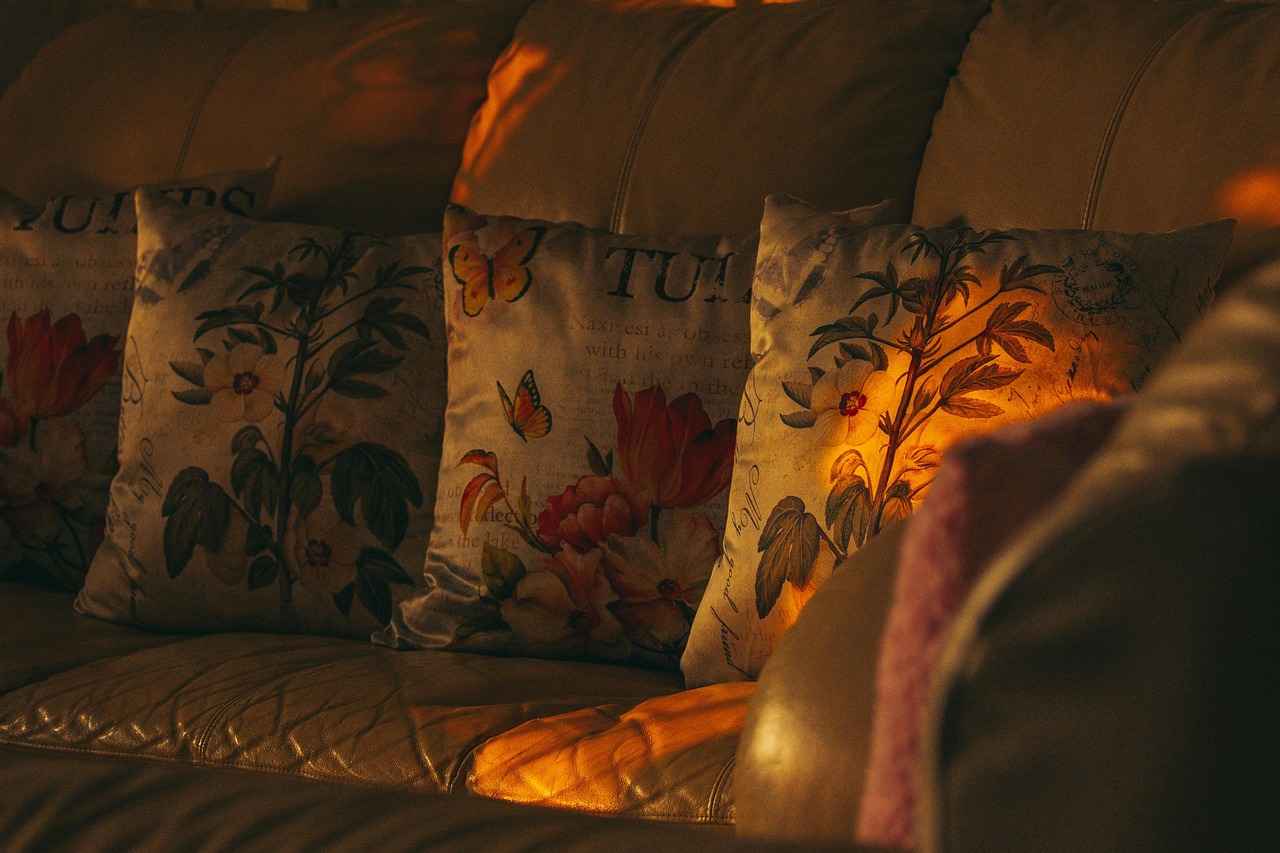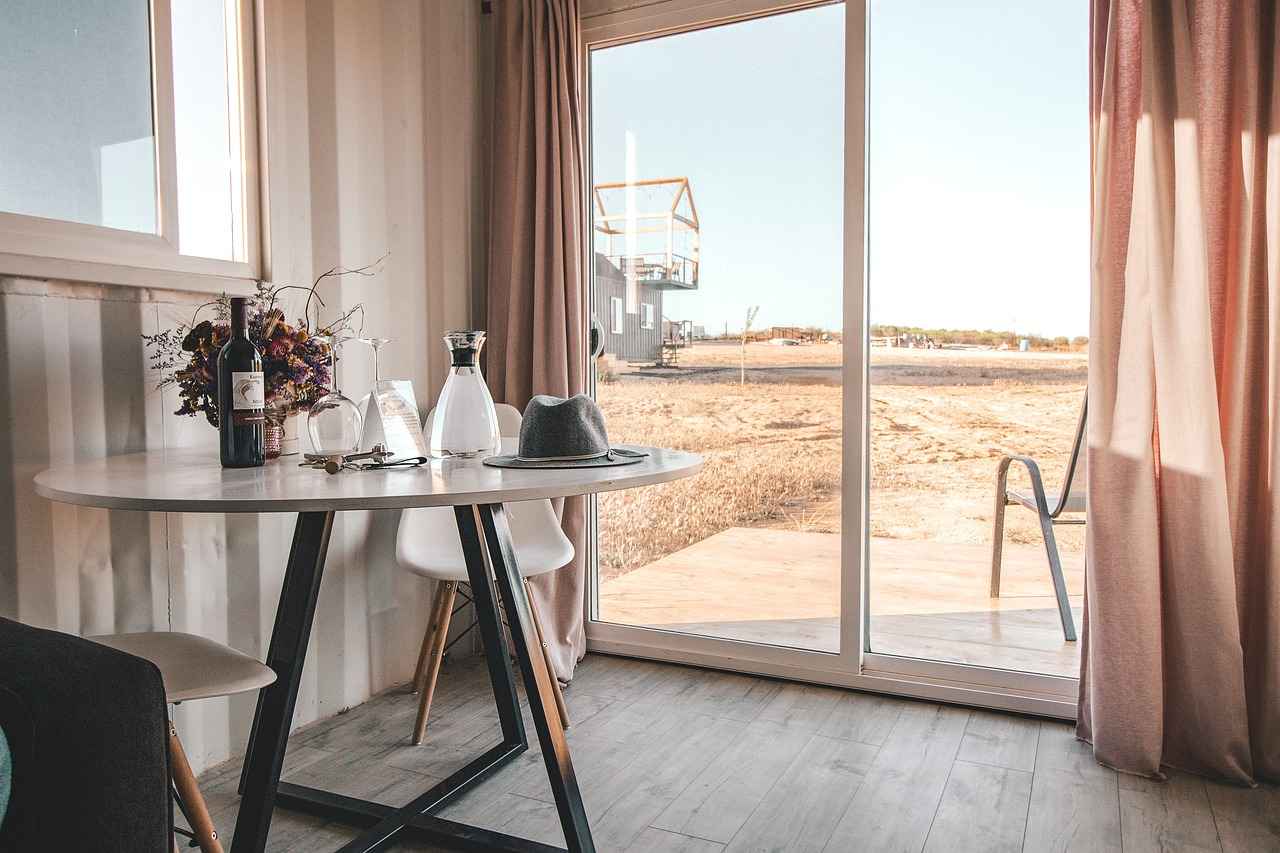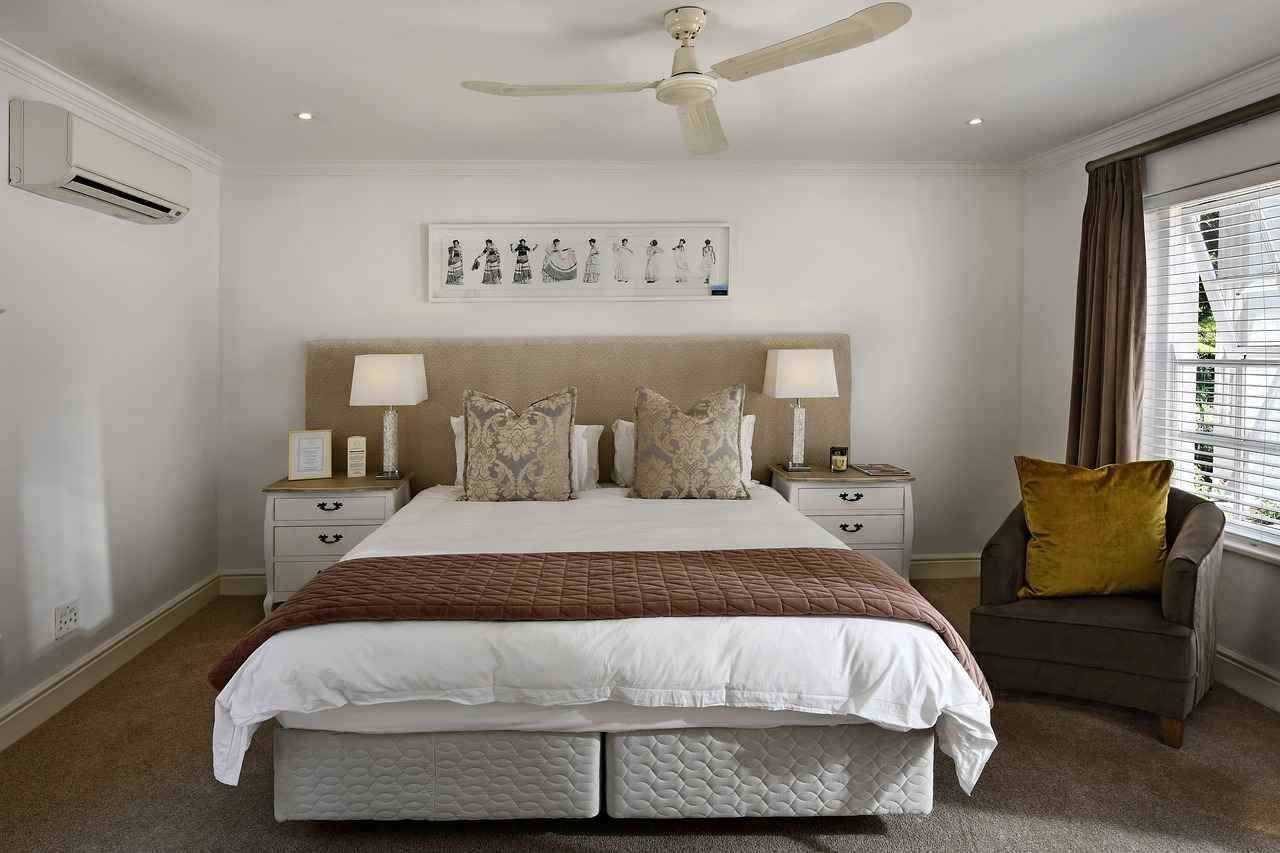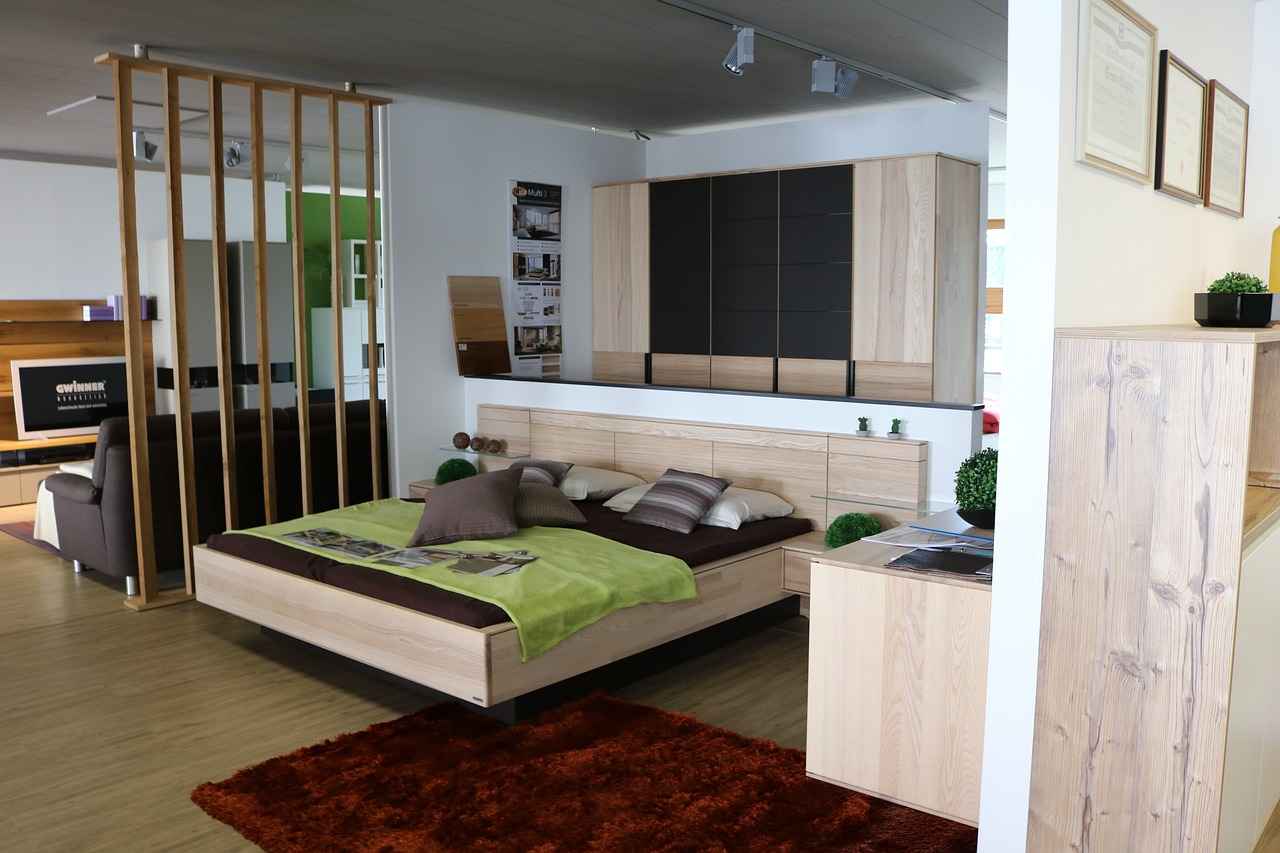This article provides a detailed comparison of the durability of wood and metal room dividers, examining their respective strengths and weaknesses. By understanding these factors, you can make an informed choice that aligns with your specific needs and environment.
Room dividers are versatile elements used in various settings, from homes to offices. They serve multiple purposes, such as:
- Creating privacy in shared spaces
- Enhancing aesthetic appeal
- Managing space effectively
Choosing the right material based on these functions is crucial for achieving the desired outcome.
Wood room dividers bring a warm and natural aesthetic that can transform any space. However, their durability can vary significantly depending on the type of wood used and the level of maintenance.
Common wood types include:
- Oak: Known for its strength and durability.
- Pine: A softer wood, more prone to dents but lightweight.
- Plywood: Offers versatility and can be engineered for strength.
Each type has unique characteristics influencing its longevity and appearance.
Wood dividers offer excellent sound absorption and a classic look that can be customized to fit various design preferences. They can also enhance property value due to their aesthetic appeal.
Metal room dividers stand out for their strength and modern aesthetic. They are particularly beneficial in specific environments, such as:
- Commercial spaces: Where durability is paramount.
- High-traffic areas: That require robust solutions.
Metal dividers are generally more resistant to wear and tear compared to wood. Their sturdiness makes them ideal for environments that experience heavy use.
Available in various styles, metal dividers can range from industrial to minimalist designs, allowing them to seamlessly integrate into different interior aesthetics.
Environmental conditions play a significant role in the durability of both wood and metal dividers.
High humidity can lead to warping or swelling in wood, potentially compromising its structural integrity. Proper sealing and maintenance are essential to mitigate these issues.
While metal is durable, certain types can corrode in humid environments. Selecting the right finish can greatly enhance their longevity and resistance to environmental factors.
The cost of room dividers varies widely based on material, design, and quality. Understanding these factors can help you budget effectively.
Wood dividers may require a higher initial investment, but their long-term value can be significant with proper care.
Metal dividers often have a lower upfront cost, and their durability can lead to savings in maintenance and replacement over time.
Regular maintenance is crucial for extending the life of both types of dividers.
Wood dividers require periodic cleaning and refinishing to maintain their appearance and durability. Using the right products can protect the wood from damage.
Metal dividers typically need less maintenance but should be regularly checked for signs of rust or damage. Regular cleaning will help preserve their finish and appearance.
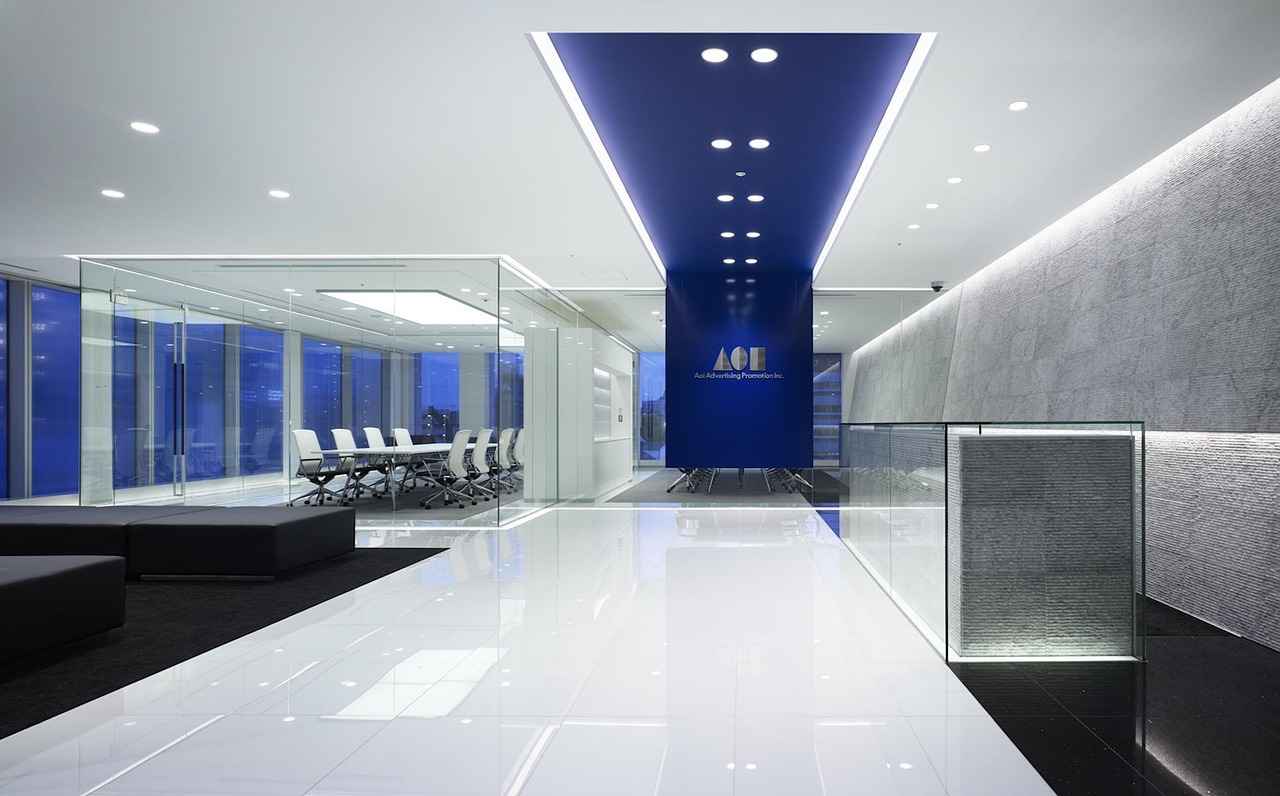
What Are Room Dividers and Their Purpose?
Room dividers are versatile elements in interior design that serve multiple purposes. They are not just functional but also contribute significantly to the aesthetics of a space. Understanding the various roles these dividers play can help you make an informed choice regarding the materials and styles that best suit your needs.
Room dividers are partitions that create separate areas within a larger space. They can be used in both residential and commercial environments for a variety of reasons:
- Space Management: Room dividers help in optimizing space by creating distinct zones for different activities. This is particularly useful in open-plan layouts where functionality is key.
- Privacy Enhancement: In shared spaces, dividers provide a sense of privacy, making it easier for individuals to focus on their tasks without distractions.
- Aesthetic Appeal: With a wide range of designs, colors, and materials available, room dividers can enhance the visual appeal of a room, adding style and character.
- Sound Absorption: Certain materials, especially wood, can help in reducing noise levels, making them ideal for offices or homes where quiet is essential.
- Flexibility: Many room dividers are portable or adjustable, allowing for easy reconfiguration of spaces as needs change.
Choosing the right room divider involves understanding its intended purpose and the environment in which it will be used. For instance, a divider intended for a busy office may need to be more durable and soundproof compared to one used in a home setting.
When selecting a room divider, the material plays a crucial role in determining its effectiveness and longevity. Common materials include:
- Wood: Offers a warm, natural look and is often favored for its aesthetic qualities. It can be customized easily but requires maintenance to prevent damage.
- Metal: Known for its durability and modern appeal, metal dividers are often used in commercial settings due to their strength.
- Fabric: Lightweight and versatile, fabric dividers can add color and texture to a space, although they may not provide as much sound absorption as wood or metal.
- Glass: Provides a sleek, contemporary look while allowing light to flow through. However, it may not offer the same level of privacy as other materials.
When selecting a room divider, consider the following factors:
- Functionality: Determine how you plan to use the divider—whether for privacy, sound absorption, or simply to delineate space.
- Style: Choose a design that complements your existing decor. Room dividers come in various styles, from minimalist to ornate.
- Durability: Assess the material’s durability based on the environment. For high-traffic areas, a sturdy material like metal may be preferable.
- Maintenance: Understand the maintenance requirements of the material to ensure longevity. Wood may need more upkeep compared to metal.
- Budget: Room dividers come in a range of prices. Set a budget that aligns with your needs while considering the long-term value of your investment.
In conclusion, room dividers are essential tools in modern interior design that enhance functionality and aesthetics. By understanding their purpose and the materials available, you can choose the right room divider that meets your specific needs.
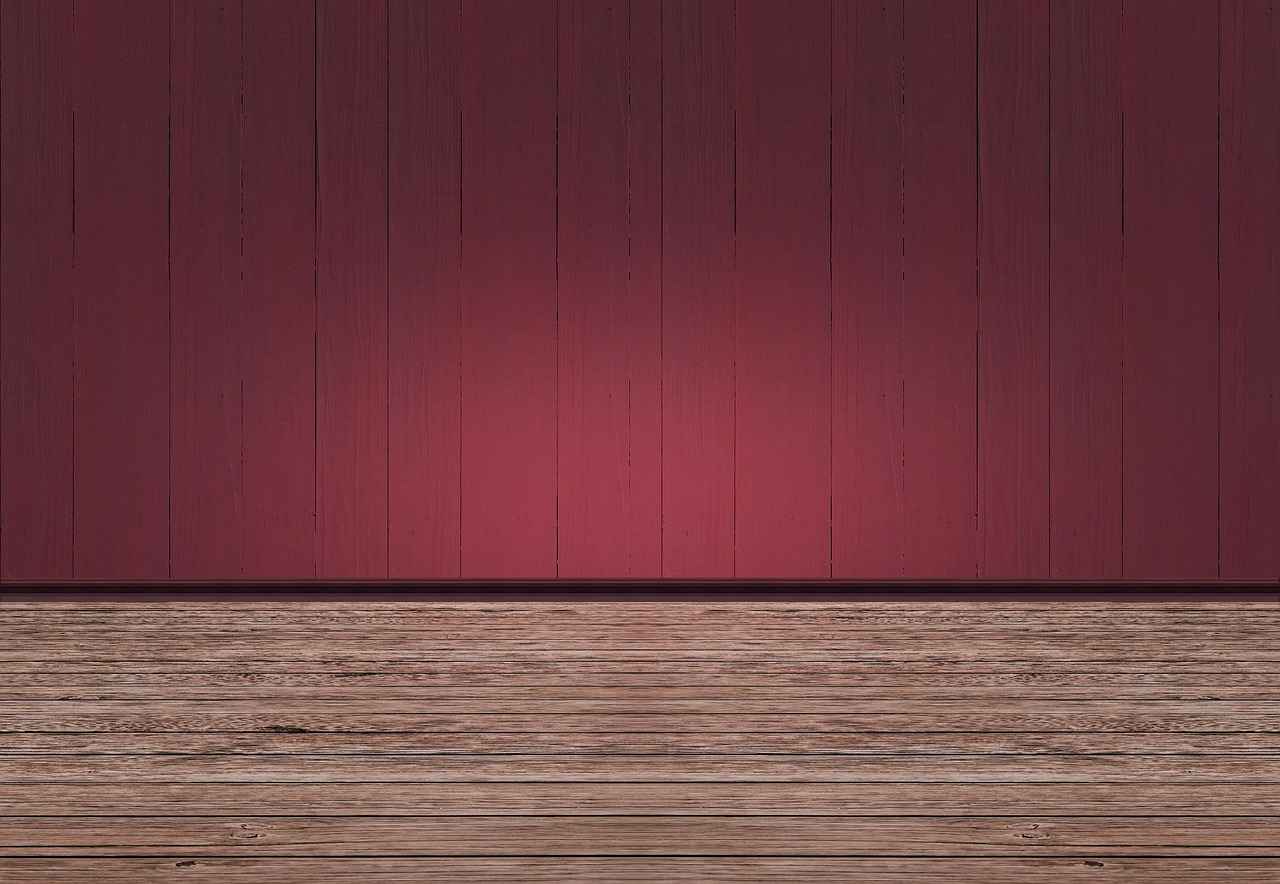
Why Choose Wood Room Dividers?
When it comes to creating distinct areas within a room, wood room dividers stand out for their ability to blend functionality with aesthetic appeal. The choice of material can significantly influence not only the look of a space but also its feel and acoustics. In this section, we delve deeper into the reasons why wood dividers might be the perfect choice for your interior design needs.
Wood room dividers offer a warm, natural aesthetic that can enhance the ambiance of any space. Unlike cold metal or stark plastic, wood brings a sense of comfort and tranquility to a room. The unique grain patterns and textures of wood can add character, making each divider a one-of-a-kind piece.
The durability of wood room dividers can vary based on the type of wood used and the level of maintenance they receive. Hardwoods like oak and maple are known for their strength and longevity, while softer woods like pine may be more susceptible to dents and scratches. However, with proper care, wood dividers can last for many years, maintaining their beauty and functionality.
- Oak: Known for its durability and resistance to wear, oak is an excellent choice for high-traffic areas.
- Pine: More affordable and lightweight, pine offers a rustic charm but requires more maintenance.
- Birch: With a fine grain and light color, birch is versatile and can complement various decor styles.
In addition to their aesthetic appeal, wood dividers provide excellent sound absorption, making them ideal for creating quiet, private spaces. They can be easily customized to fit any design preference, whether you prefer a sleek modern look or a more traditional style. This versatility allows for seamless integration into various interior designs, enhancing the overall atmosphere of the space.
To ensure longevity, wood dividers do require regular maintenance. This includes periodic cleaning and refinishing to protect the wood from damage. Using the right products, such as natural oils or wood cleaners, can help maintain their appearance and durability. Additionally, keeping them away from direct sunlight can prevent fading and warping.
Choosing wood room dividers can also be an environmentally friendly option, especially if sourced from sustainable forests. Reclaimed wood dividers are becoming increasingly popular, offering a unique look while reducing waste. By opting for sustainable materials, you can enhance your space while also being mindful of the planet.
Ultimately, the decision to choose wood room dividers should be based on your specific needs and preferences. With their natural beauty, versatility, and sound-dampening qualities, they can be an excellent addition to any home or office. Consider the type of wood, maintenance requirements, and your design aesthetic to find the perfect divider that meets your expectations.
Types of Wood Used in Room Dividers
When it comes to choosing materials for room dividers, understanding the types of wood available is crucial. Different woods not only offer varying aesthetics but also exhibit distinct levels of durability, which can significantly impact the longevity and overall appearance of your dividers. Below, we explore some of the most common types of wood used in room dividers, highlighting their unique characteristics.
Oak is renowned for its strength and durability, making it an excellent choice for room dividers. Its dense grain structure not only provides sturdiness but also gives it a beautiful finish. Oak is available in two primary varieties: red and white. Red oak has a warm, reddish hue, while white oak is slightly lighter and more resistant to moisture. Both types can last for decades with proper care, making them a long-term investment.
Pine is often favored for its affordability and lightweight nature. It is easy to work with and can be stained or painted to match any decor. However, pine is softer than oak, which makes it more susceptible to dents and scratches. Although it may not last as long as hardwoods, its versatility and ease of customization make it a popular choice for those on a budget.
Plywood is a manufactured wood product made from thin layers of wood veneer glued together. This construction method gives plywood a unique stability and resistance to warping, making it a reliable option for room dividers. Plywood can be finished in various ways, allowing for a range of aesthetics from modern to rustic. Additionally, it is often more affordable than solid wood options, making it a practical choice for many.
Maple is another strong hardwood that offers a smooth finish and a light, natural color. Its fine grain and durability make it suitable for high-quality room dividers. Maple is less prone to scratches and dents compared to softer woods, ensuring that it maintains its appearance over time. This wood is ideal for those looking for an elegant touch in their interior design.
Cherry wood is often associated with luxury due to its rich color and smooth grain. Over time, cherry wood darkens, adding to its visual appeal. It is a durable option that can withstand daily use, making it suitable for both residential and commercial settings. Although cherry can be more expensive than other woods, its timeless beauty and durability make it worth the investment.
When selecting wood for room dividers, consider factors such as durability, cost, and aesthetic appeal. Each type of wood has its advantages and disadvantages, and understanding these can help you make an informed decision. Whether you opt for the classic look of oak, the affordability of pine, or the elegance of cherry, the right choice will enhance your space while providing the functionality you need.
Benefits of Wood Room Dividers
When it comes to creating distinct spaces within a room, wood room dividers are an exceptional choice. They not only serve practical purposes but also enhance the overall aesthetic of a space. Below, we explore the numerous benefits of incorporating wood dividers into your home or office design.
One of the primary advantages of wood room dividers is their natural beauty. The rich textures and varied grains of wood can add warmth and character to any environment. Unlike cold metal or synthetic materials, wood brings a sense of comfort and invitation to a space.
Another significant benefit of wood dividers is their ability to provide excellent sound absorption. Wood naturally dampens noise levels, making it an ideal choice for spaces where privacy is essential, such as offices or bedrooms. This acoustic quality can help create a more tranquil environment, allowing for greater focus and relaxation.
Wood dividers offer unmatched customization options. They can be stained, painted, or finished to match any interior design style, from rustic to modern. This versatility allows homeowners and designers to create unique spaces that reflect personal tastes while maintaining functionality. Whether you prefer a sleek, minimalist design or a more ornate look, wood dividers can be tailored to meet your needs.
When properly maintained, wood dividers can last for decades. While the durability of wood varies based on the type used—such as oak, maple, or pine—most hardwoods provide a robust and long-lasting solution. Regular care, including cleaning and refinishing, can significantly extend the lifespan of wood dividers, ensuring they remain a valuable asset in your space.
Choosing wood dividers can also be an environmentally friendly option. Many manufacturers source wood from sustainably managed forests, reducing the ecological footprint. Additionally, wood is a renewable resource, making it a more sustainable choice compared to metal or plastic alternatives.
Investing in high-quality wood room dividers can potentially increase the value of your property. Their aesthetic appeal and functionality can make a home more attractive to potential buyers, creating a favorable impression during showings. This long-term investment can pay off significantly if you decide to sell your property in the future.
In summary, wood room dividers offer a multitude of benefits, from their sound absorption capabilities to their customization options and environmental sustainability. By choosing wood, you not only enhance the aesthetic of your space but also invest in a durable and valuable addition that can stand the test of time. Whether for home or office, wood dividers are a wise choice for creating beautiful, functional spaces.
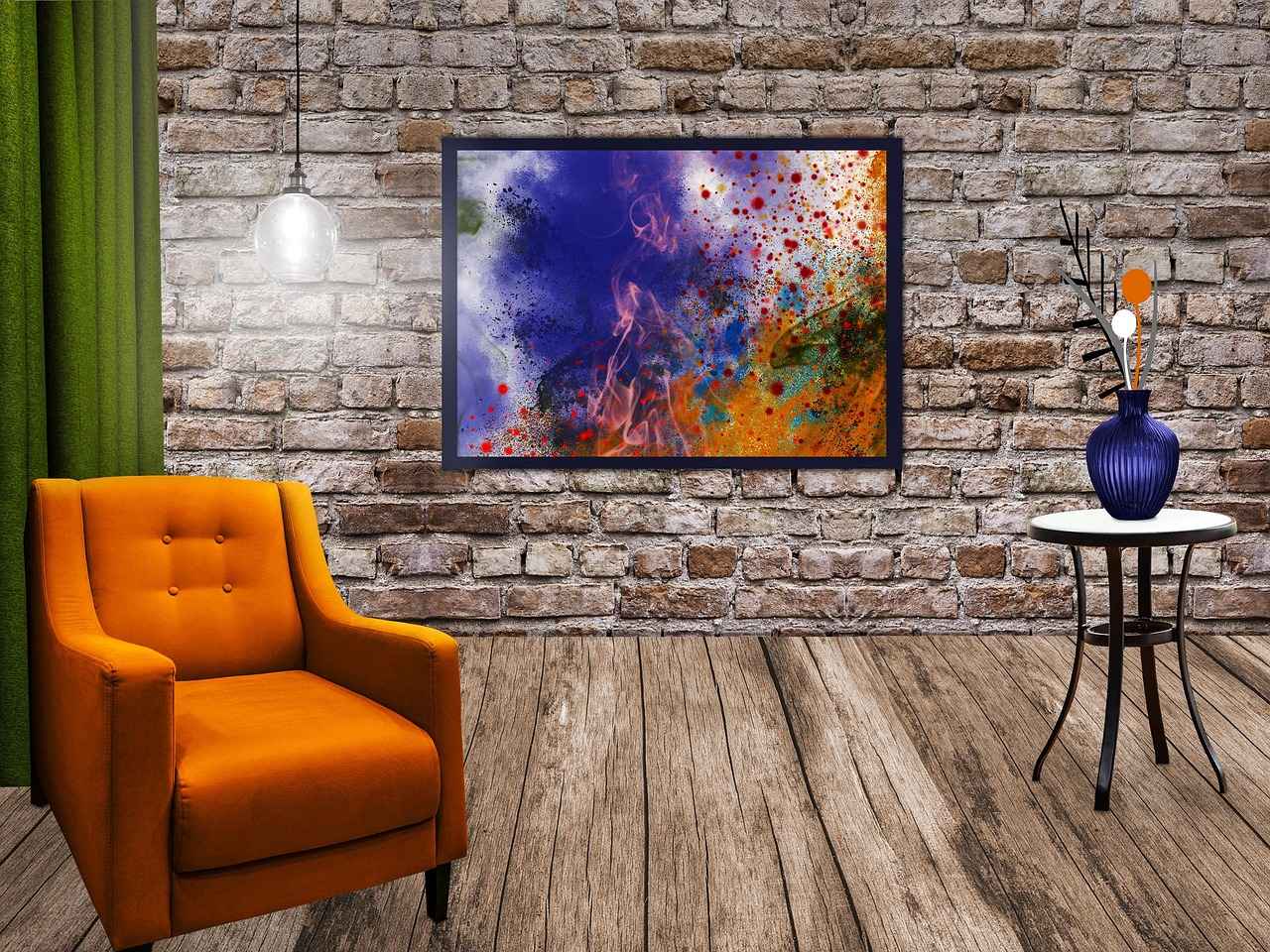
What Are the Advantages of Metal Room Dividers?
Metal room dividers have gained popularity in modern interior design due to their strength and versatility. In various settings, these dividers offer unique benefits that can significantly enhance the functionality and aesthetic appeal of a space. Below, we delve into the advantages of metal room dividers and why they might be the ideal choice for your needs.
- Durability and Strength: Metal dividers are renowned for their exceptional durability. Unlike wood, which can warp or crack over time, metal maintains its structural integrity even in high-traffic areas. This makes them an excellent choice for commercial spaces or homes with active lifestyles.
- Modern Aesthetic: The sleek, contemporary look of metal dividers can effortlessly enhance any room’s design. Available in various finishes, including brushed steel and powder-coated colors, they can complement a wide range of interior styles—from industrial to minimalist.
- Low Maintenance: One of the standout features of metal room dividers is their low maintenance requirements. Unlike wood, which may require regular sealing and refinishing, metal dividers can be easily wiped clean and are less susceptible to damage from humidity and pests.
- Customization Options: Metal dividers can be customized to fit specific dimensions and designs, allowing for a tailored solution that meets your unique needs. Whether you prefer a full-height divider or a more open design, metal can be easily manipulated to achieve your desired look.
- Sound Insulation: While metal may not absorb sound as effectively as wood, certain designs can still provide adequate sound insulation. This is particularly beneficial in office settings or shared living spaces where privacy is essential.
- Eco-Friendly Options: Many manufacturers now offer metal dividers made from recycled materials, making them an environmentally friendly choice. Opting for these products can contribute to a more sustainable living or working environment.
When considering room dividers, it’s essential to weigh the benefits of metal against those of wood. While wood offers a warm and traditional aesthetic, it may not match the durability and low maintenance aspects of metal. For instance, in environments prone to moisture, such as basements or bathrooms, metal dividers can be a more practical choice.
Metal room dividers are particularly effective in various settings:
- Offices: They can create private workspaces without sacrificing light and openness, making them ideal for collaborative environments.
- Restaurants and Cafes: Metal dividers can help define dining areas, enhancing the overall ambiance while maintaining a modern feel.
- Retail Spaces: In showrooms, metal dividers can help showcase products while providing a sleek backdrop.
In summary, metal room dividers offer a multitude of advantages that make them a superb choice for both residential and commercial applications. Their durability, modern aesthetic, and low maintenance requirements position them as a practical solution for enhancing space functionality and style. By considering your specific needs and the environments in which these dividers will be used, you can make an informed decision that aligns with your design goals.
Durability of Metal Room Dividers
When considering room dividers for your space, durability is a crucial factor that can significantly impact your decision. Among the various materials available, metal room dividers stand out for their exceptional strength and resilience. This section delves into the , comparing them with their wooden counterparts and highlighting their advantages in various environments.
Metal dividers are typically more resistant to wear and tear compared to wood. Their sturdiness makes them ideal for high-traffic areas or commercial spaces where durability is paramount. Unlike wood, which can be easily scratched or dented, metal can withstand significant impact without losing its structural integrity.
One of the significant advantages of metal dividers is their ability to resist environmental factors. For instance:
- Humidity Resistance: Metal dividers are not susceptible to warping or swelling in humid conditions, unlike wood, which can suffer from moisture-related issues.
- Temperature Variability: Metals can endure a wide range of temperatures without compromising their integrity, making them suitable for various climates.
- Sunlight Exposure: Unlike wood, which can fade or discolor with prolonged sun exposure, metal maintains its color and finish over time.
While metal dividers are known for their durability, they still require some maintenance to ensure longevity. Regular cleaning is essential to prevent dirt buildup and maintain their aesthetic appeal. Additionally, it is crucial to check for signs of rust or damage, especially in humid environments. Applying a protective coating can further enhance their resistance to corrosion.
Investing in metal room dividers can be a cost-effective choice in the long run. Although their initial cost may vary, the durability of metal often leads to lower maintenance and replacement costs over time. This makes them an appealing option for businesses and homeowners looking to maximize their investment.
Another aspect that contributes to the popularity of metal dividers is their design versatility. They come in a variety of styles, including:
- Industrial Designs: Perfect for modern spaces that embrace a raw, edgy aesthetic.
- Minimalist Styles: Ideal for contemporary interiors that prioritize simplicity and functionality.
This versatility allows metal dividers to fit seamlessly into a wide range of interior designs, enhancing their appeal in both residential and commercial settings.
While wood dividers have their own unique charm and benefits, they cannot match the durability of metal. Wood is prone to damage from moisture, pests, and physical impacts, leading to a shorter lifespan. In contrast, metal dividers provide a robust solution that can endure the rigors of daily use.
In summary, metal room dividers offer a compelling combination of durability, low maintenance, and design flexibility, making them an excellent choice for a variety of applications. Whether you’re outfitting a busy office or creating distinct spaces in your home, metal dividers are a reliable option that stands the test of time.
Design Options for Metal Room Dividers
When it comes to enhancing your living space, metal room dividers offer a unique blend of functionality and style. Their design options are incredibly diverse, making them suitable for various aesthetic preferences and practical needs.
Metal dividers are not only durable but also provide a modern aesthetic that can elevate the look of any room. Their sleek lines and industrial charm can create a striking contrast against softer materials, making them a popular choice in contemporary interiors.
One of the most popular styles of metal dividers is the industrial design. This style often features raw finishes, exposed welds, and a rugged appearance that can add character to a space. These dividers are perfect for lofts, studios, and modern offices, where they can serve as both functional partitions and artistic statements.
On the other end of the spectrum, minimalist metal dividers focus on clean lines and simplicity. They often feature smooth surfaces and subtle color palettes, allowing them to blend into any environment seamlessly. This style is ideal for those looking to maintain a light and airy atmosphere in their homes or offices.
One of the significant advantages of metal dividers is their customizability. Many manufacturers offer a range of finishes, colors, and designs that can be tailored to fit specific needs. Whether you prefer a matte black finish or a vibrant powder-coated color, the options are virtually limitless.
Beyond aesthetics, metal dividers often come with functional features that enhance their utility. Some designs include:
- Sliding Mechanisms: These allow for easy adjustment of space without the need for permanent installation.
- Integrated Shelving: Some dividers come with built-in shelves, providing additional storage space while dividing areas.
- Sound Absorption: While metal is not inherently soundproof, certain designs can incorporate materials that help absorb sound, making them suitable for offices and public spaces.
When selecting a metal room divider, it’s essential to consider the environmental impact. Many manufacturers are now focused on using sustainable practices in their production processes. Look for options that utilize recycled materials or environmentally friendly finishes to reduce your carbon footprint.
Metal dividers can be used in various settings, including:
- Residential Spaces: They can create cozy nooks in open floor plans or serve as stylish backdrops for home offices.
- Commercial Environments: Ideal for cafes, restaurants, and offices, they can help manage space while enhancing the overall design.
- Event Spaces: Metal dividers can be used in exhibitions or trade shows to create distinct areas without permanent structures.
In conclusion, the design options for metal room dividers are as varied as the spaces they inhabit. From industrial to minimalist styles, their versatility allows them to cater to different tastes and needs. Whether you’re looking to enhance your home or create functional spaces in a commercial setting, metal dividers provide both durability and style.
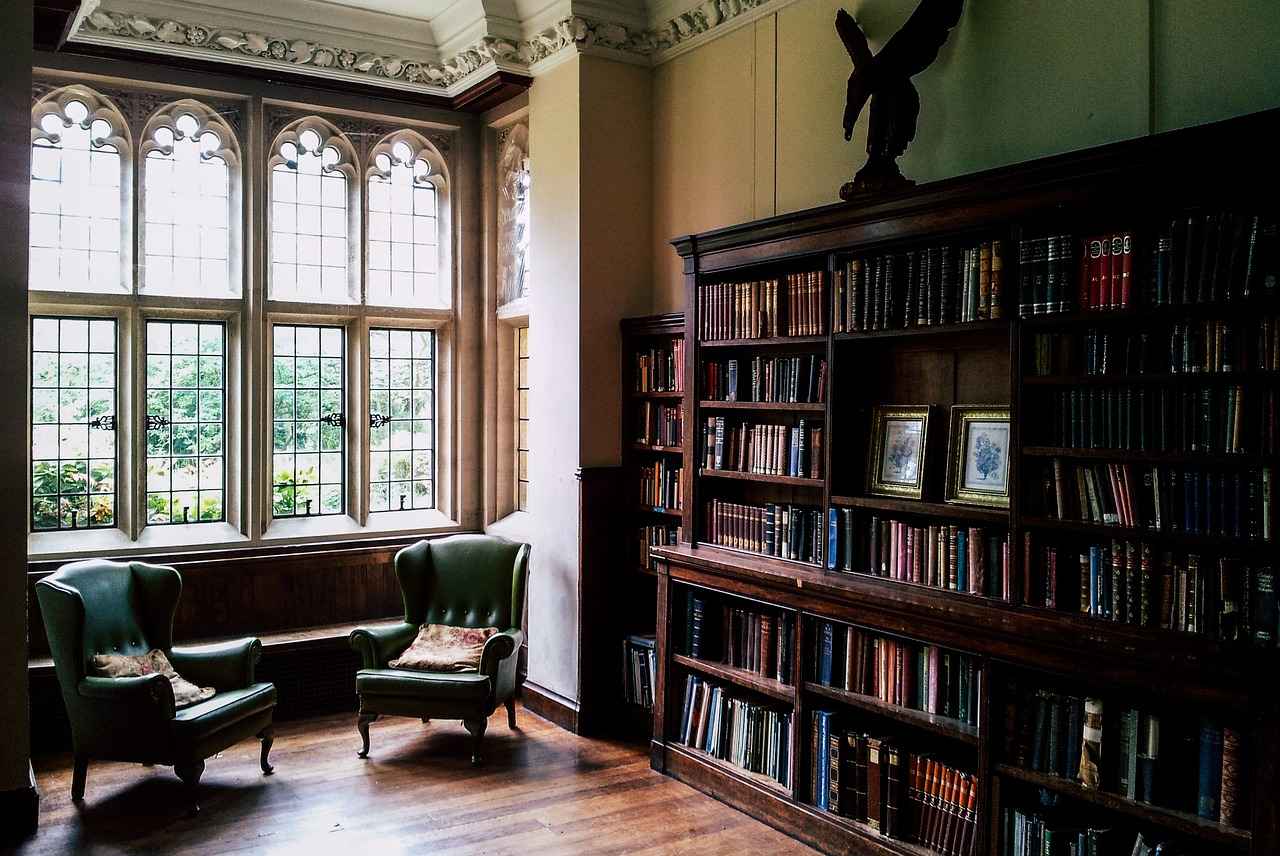
How Do Environmental Factors Affect Durability?
When considering the durability of room dividers, it is essential to recognize the critical role that environmental factors play in their longevity. Factors such as humidity, temperature, and exposure to sunlight can significantly influence both wood and metal dividers. Understanding these impacts can help you make an informed choice when selecting the right material for your space.
Wood is a natural material that is particularly sensitive to changes in humidity. High humidity levels can lead to warping and swelling, which compromises the structural integrity of the divider. This can result in unsightly gaps and misalignment, affecting both functionality and aesthetics. To combat these issues, it is advisable to use high-quality finishes and sealants that protect the wood from moisture. Regular maintenance, including re-sealing, can significantly extend the lifespan of wood dividers in humid environments.
Temperature fluctuations can also affect the durability of both wood and metal dividers. For wood, extreme temperatures can exacerbate the warping process, leading to cracks and splits. In contrast, metal dividers may experience thermal expansion or contraction, which can affect their joints and overall stability. Therefore, it is crucial to consider the average temperature range of the environment where the dividers will be installed.
Exposure to direct sunlight can have detrimental effects on both materials. For wood dividers, prolonged sunlight can lead to fading and drying out, causing the wood to become brittle over time. This can be mitigated by using UV-resistant finishes or placing the divider in areas with indirect sunlight. On the other hand, metal dividers may also suffer from fading, particularly if they are painted. Choosing a high-quality powder coat can help protect metal dividers from UV damage, enhancing their longevity.
While metal dividers are generally more durable than wood, they are not immune to environmental factors. In humid conditions, certain metals are susceptible to corrosion. Stainless steel and aluminum are more resistant to rust, but they still require proper care to maintain their appearance. Regular inspections for signs of rust and applying protective coatings can help mitigate these risks.
- For Humid Environments: Consider using metal dividers or treated wood that is specifically designed for high-moisture areas.
- For High-Temperature Areas: Metal dividers may be preferable, as they are less likely to warp compared to wood.
- For Sunlit Spaces: Opt for UV-resistant finishes for both materials to prevent fading and damage.
In summary, understanding how environmental factors affect the durability of room dividers is crucial for making an informed decision. By considering humidity, temperature, and sunlight exposure, you can select the most suitable material for your specific needs, ensuring that your room dividers remain functional and aesthetically pleasing for years to come.
Impact of Humidity on Wood Dividers
Understanding the is crucial for anyone considering their use in various environments. Wood, while a beautiful and natural choice for room dividers, can be significantly affected by changes in humidity levels. This article delves into how high humidity affects wood, the potential consequences for structural integrity, and the steps that can be taken to mitigate these issues.
Wood is a natural material that reacts to environmental conditions. When exposed to high humidity, wood can absorb moisture from the air, leading to several issues:
- Swelling: As wood absorbs moisture, it expands. This swelling can cause joints to become loose and affect the overall fit of the divider.
- Warping: High humidity can lead to uneven expansion, resulting in warping. This can distort the shape of the divider, making it less aesthetically pleasing and functional.
- Cracking: In some cases, the stress from swelling can lead to cracks, compromising the structural integrity of the wood.
To combat the adverse effects of humidity, proper sealing of wood dividers is essential. A good sealant creates a barrier that helps prevent moisture from penetrating the wood. Here are some benefits of sealing:
- Moisture Resistance: Sealing helps protect the wood from absorbing excess moisture, reducing the risk of swelling and warping.
- Longevity: Well-sealed wood dividers can last significantly longer, maintaining their appearance and structural integrity over time.
- Ease of Maintenance: Sealed surfaces are easier to clean and maintain, which can further enhance their durability.
For those living in areas with high humidity, regular maintenance is vital to ensure the longevity of wood dividers. Here are some practical tips:
- Regular Inspections: Check for signs of swelling or warping periodically, especially during seasons of high humidity.
- Reapply Sealant: Depending on the type of sealant used, it may need to be reapplied every few years to maintain its effectiveness.
- Climate Control: Using dehumidifiers or air conditioning can help regulate humidity levels in your space, further protecting your wood dividers.
Being aware of the signs of humidity damage can help you take action before the situation worsens. Look out for:
- Visible Warping: If the divider appears to be bending or twisting, it’s a clear sign of humidity damage.
- Cracks and Splits: Check for any visible cracks that may indicate stress from moisture absorption.
- Loose Joints: If the joints of the divider feel loose or unstable, humidity may be the culprit.
In conclusion, while wood dividers can add warmth and beauty to a space, understanding the impact of humidity is essential for maintaining their integrity. Proper sealing and regular maintenance can significantly mitigate the risks associated with high humidity, ensuring that your wood dividers remain a durable and attractive feature in your home or office.
Metal Dividers and Corrosion Risks
When considering the durability of metal room dividers, it is essential to address the potential risks associated with corrosion, particularly in environments with high humidity. While metal is typically recognized for its strength and longevity, certain types can be vulnerable to deterioration when exposed to moisture. This aspect is crucial for anyone contemplating the installation of metal dividers in areas prone to humidity.
Corrosion occurs when metal reacts with moisture and oxygen in the environment, leading to oxidation. This process can be accelerated in humid conditions, where the presence of water enhances the likelihood of rust formation. Factors such as the type of metal, the presence of protective coatings, and environmental conditions play a significant role in determining the susceptibility to corrosion.
- Iron: Highly susceptible to rusting, especially in humid environments.
- Steel: While stronger than iron, it can still corrode without proper protection.
- Aluminum: More resistant to corrosion but can still tarnish over time.
- Stainless Steel: Offers better resistance due to its chromium content, but it is not completely immune.
Choosing the right finish for metal dividers is crucial in enhancing their longevity and preventing corrosion. Here are some effective strategies:
- Protective Coatings: Applying a high-quality paint or powder coating can create a barrier against moisture.
- Galvanization: This process involves coating steel with zinc to provide a protective layer that prevents rust.
- Regular Maintenance: Routine inspections and cleaning can help identify early signs of corrosion, allowing for timely intervention.
Being vigilant about the condition of metal dividers can help maintain their integrity. Some common signs of corrosion include:
- Rust Formation: Visible reddish-brown spots on the surface.
- Pitting: Small holes or indentations on the metal surface.
- Flaking or Peeling: Loss of protective coating, exposing the metal underneath.
The choice of finish is vital not only for aesthetic purposes but also for enhancing the durability of metal dividers. A well-chosen finish can significantly reduce the risk of corrosion, ensuring that the dividers remain functional and visually appealing over time. For instance, a powder-coated finish not only provides color options but also offers superior protection against the elements.
In summary, while metal room dividers are generally strong and durable, their performance can be compromised by environmental factors, particularly humidity. Understanding the risks of corrosion and taking proactive measures to prevent it can ensure that your metal dividers serve their purpose effectively for years to come.
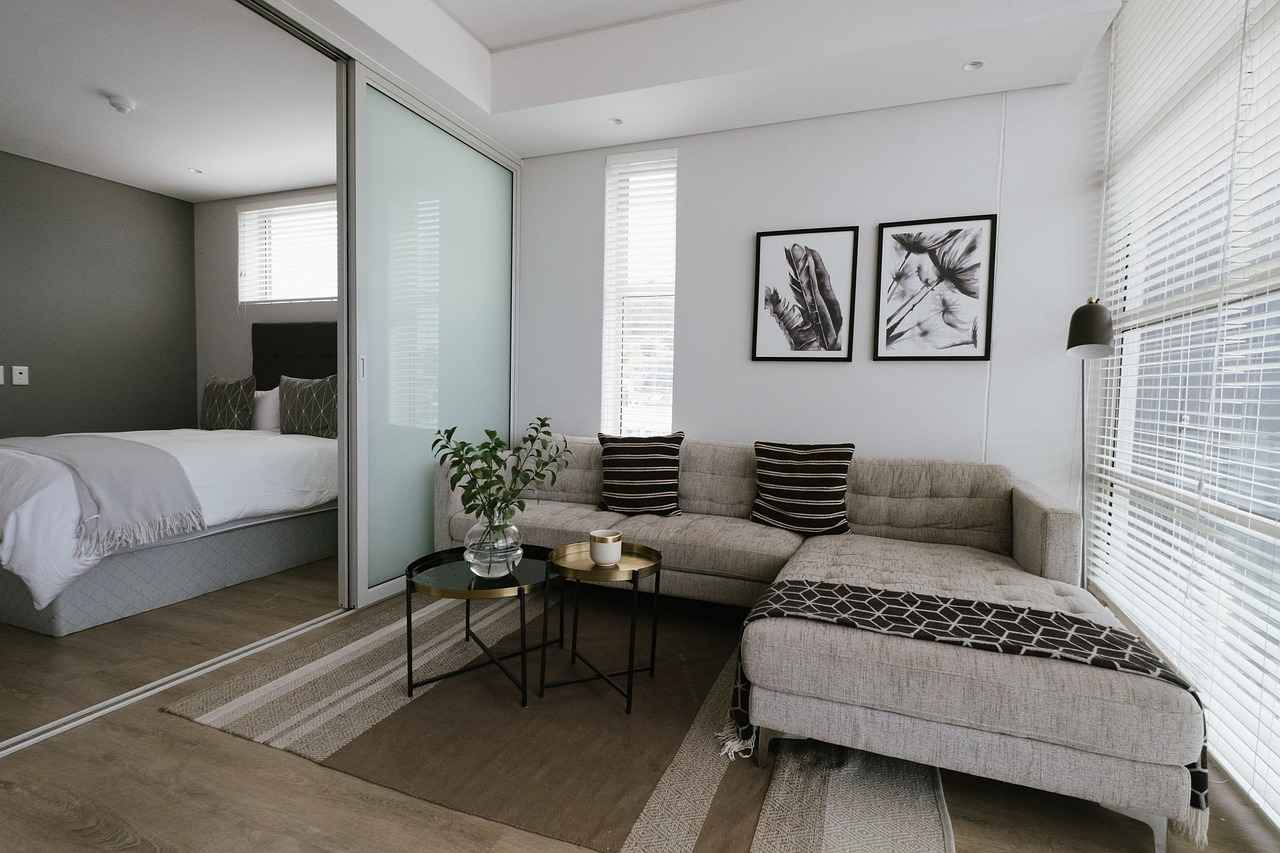
Cost Comparison: Wood vs. Metal Room Dividers
When considering room dividers, one of the most significant factors to evaluate is the cost. The price of room dividers can vary widely based on several factors, including material, design, and quality. Understanding these variables is crucial for effective budgeting in your project.
The choice of material plays a pivotal role in determining the overall cost of room dividers. Wood and metal are two popular options, each with its own price range.
- Wood Dividers: Generally, wood dividers tend to have a higher initial cost, especially if crafted from premium materials like oak or walnut. Custom designs and finishes can further increase the price.
- Metal Dividers: On the other hand, metal dividers often come at a lower upfront cost. Materials such as aluminum and steel can be more affordable, especially in standard designs.
Design complexity can significantly impact the cost of room dividers. Customization options can lead to substantial price differences.
- Wood Dividers: Custom wood dividers can be tailored to fit specific dimensions and styles, which may increase labor costs. However, their unique designs can enhance aesthetic appeal and potentially add value to your space.
- Metal Dividers: Metal options also offer customization but are often available in modular designs, which can reduce installation costs. Industrial styles may also be more affordable due to mass production.
While initial costs are important, considering the long-term value is crucial. Investing in high-quality materials can lead to savings over time.
- Wood Dividers: Although they may require more maintenance, quality wood dividers can last for decades with proper care. Their timeless appeal can also enhance property value.
- Metal Dividers: Metal dividers are typically more durable and resistant to wear and tear. Their strength makes them a cost-effective choice for high-traffic areas, reducing replacement costs in the long run.
Maintenance is another essential factor to consider when comparing costs. While both wood and metal dividers have their upkeep requirements, they differ significantly.
- Wood Dividers: Regular maintenance, such as cleaning, refinishing, and sealing, is necessary to preserve the appearance and durability of wood dividers. This can lead to additional costs over time.
- Metal Dividers: Metal dividers typically require less maintenance, though it’s important to check for rust or damage. A simple cleaning routine can keep them looking new without significant investment.
Environmental conditions can impact the durability and longevity of room dividers, which in turn affects overall costs.
- Humidity and Wood: Wood dividers can warp or swell in high humidity, potentially leading to costly repairs or replacements.
- Corrosion and Metal: Certain metals can corrode in humid environments, necessitating protective coatings that can add to initial costs.
Ultimately, understanding the cost dynamics between wood and metal room dividers is essential for making an informed decision. By analyzing materials, design options, maintenance requirements, and environmental impacts, you can effectively budget for your project and choose the right dividers for your space.
Initial Investment for Wood Dividers
When considering room dividers, the initial investment for wood dividers often raises questions among homeowners and designers alike. While it is true that wood dividers may carry a higher upfront cost compared to their metal counterparts, they offer a range of benefits that can lead to significant long-term value.
Wood dividers are not just functional; they also enhance the overall aesthetic of a space. Their natural beauty adds warmth and character, making them an appealing choice for both residential and commercial environments. This aesthetic appeal can, in fact, increase property value, making wood dividers a wise investment for those looking to elevate their property’s marketability.
Investing in wood dividers can be viewed as a long-term strategy. With proper care and maintenance, these dividers can last for decades, providing both functionality and beauty over time. Unlike cheaper alternatives, which may need frequent replacement, wood dividers can withstand the test of time when treated with the right protective finishes and regular upkeep.
The initial cost of wood dividers can vary significantly based on the type of wood chosen. Hardwoods like oak or maple are typically more expensive but offer enhanced durability and a more luxurious appearance. On the other hand, softer woods like pine may be more budget-friendly but could require more frequent maintenance.
- Hardwoods: Generally offer better durability and aesthetic appeal.
- Softwoods: More affordable but may need more upkeep.
To maximize the longevity of wood dividers, it is essential to implement a regular maintenance routine. This includes:
- Periodic cleaning with gentle, non-abrasive products.
- Applying protective finishes to prevent scratches and moisture damage.
- Regular inspections for signs of wear and tear.
By investing time and resources into maintaining wood dividers, homeowners can ensure that their initial investment pays off in the long run. Proper care not only preserves the beauty of the wood but also enhances its structural integrity, allowing it to serve its purpose effectively.
While metal dividers may present a lower initial cost, it is crucial to consider the total cost of ownership. Metal dividers may require less maintenance, but they can lack the warmth and charm that wood provides. Additionally, in environments where aesthetics matter, wood dividers can create a more inviting atmosphere, potentially leading to higher property values.
In summary, while the initial investment for wood dividers may be higher, their long-term value, aesthetic appeal, and potential to increase property value make them a worthwhile consideration. Investing in quality wood dividers, coupled with proper maintenance, can yield significant benefits that far outweigh the initial costs.
Metal Dividers: A Cost-Effective Choice?
When it comes to selecting room dividers, the choice between wood and metal can significantly impact both aesthetics and functionality. Among the various options available, metal dividers stand out for their unique blend of durability and modern appeal. In this section, we will explore why metal dividers are often considered a cost-effective choice for various environments.
Metal dividers are designed to withstand the test of time, making them an attractive option for both residential and commercial spaces. Their robust construction ensures that they can handle high traffic without showing signs of wear and tear. This durability translates into long-term savings, as they typically require less frequent replacement compared to their wooden counterparts.
While the initial investment for metal dividers may be lower than that of wood dividers, it’s essential to consider the total cost of ownership. Metal dividers often come with a variety of finishes that can enhance their resistance to scratches and corrosion, further extending their lifespan. This means that the money saved on initial purchase can lead to additional savings in maintenance and replacement costs over the years.
- Less Frequent Repairs: Unlike wood, which may require refinishing or sealing, metal dividers generally need minimal upkeep.
- Resistant to Pests: Metal does not attract pests like termites, which can be a significant concern for wooden structures.
- Easy Cleaning: A simple wipe-down with a damp cloth is usually sufficient to keep metal dividers looking new.
Metal dividers excel in diverse environments, from bustling offices to busy restaurants. Their resilience against environmental factors such as humidity and temperature fluctuations makes them particularly suitable for areas prone to moisture. While wood can warp or swell under similar conditions, metal dividers maintain their shape and structural integrity.
Another reason metal dividers are a cost-effective choice is their design versatility. Available in various styles, from industrial to minimalist, they can easily complement any interior décor. This adaptability means that you won’t have to invest in new dividers every time you update your space.
Investing in metal dividers can lead to substantial long-term value. Their durability not only reduces the need for replacements but also enhances the overall aesthetic of your space. As a result, they can contribute positively to property value, making them a wise investment for homeowners and business owners alike.
In summary, while metal dividers may have a lower upfront cost, their durability can lead to significant savings in maintenance and replacement over time. With their ease of maintenance, resistance to environmental factors, and design versatility, metal dividers are a cost-effective choice that can enhance both the functionality and aesthetics of any space.

Maintenance Requirements for Wood and Metal Dividers
When it comes to maintaining room dividers, whether they are made of wood or metal, regular upkeep is essential for ensuring their longevity and functionality. Understanding the specific maintenance requirements for each material can empower you to make informed decisions that align with your needs and preferences.
Wood dividers, known for their warmth and aesthetic appeal, require consistent care to prevent common issues such as warping, cracking, or fading. The type of wood used also plays a significant role in determining maintenance needs. For instance, hardwoods like oak may be more resilient than softer woods like pine, but all wood types benefit from protective measures.
- Regular Cleaning: Dusting with a soft cloth can prevent grime buildup. Avoid using harsh chemicals that could damage the finish.
- Refinishing: Over time, the finish may wear off. Consider refinishing your wood dividers every few years to restore their beauty.
- Humidity Control: Wood is sensitive to moisture. Maintaining a stable indoor humidity level can prevent warping and swelling.
Metal dividers are generally more resilient than their wooden counterparts, but they are not without their own maintenance requirements. Regular checks can help identify potential issues like rust or scratches, which can compromise their durability.
- Routine Inspections: Regularly inspect for signs of rust or damage, especially in humid environments.
- Cleaning: Use a damp cloth and mild detergent to clean metal surfaces. Avoid abrasive cleaners that could scratch the finish.
- Protective Coating: Applying a protective coating can enhance resistance to rust and scratches, prolonging the life of metal dividers.
The environment plays a crucial role in the maintenance of both wood and metal dividers. For example, high humidity can lead to moisture absorption in wood, while metal dividers may face corrosion in damp conditions. Understanding these factors can help you tailor your maintenance approach.
In summary, both wood and metal room dividers require regular maintenance to ensure their durability and aesthetic appeal. By following the specific care tips outlined above, you can extend the lifespan of your dividers and maintain their functionality. Whether you choose wood for its classic look or metal for its modern appeal, understanding their maintenance needs is key to making a wise investment.
Care Tips for Wood Room Dividers
Wood room dividers are a beautiful addition to any space, providing both functionality and aesthetic appeal. However, to ensure their longevity and maintain their stunning appearance, regular care and maintenance are essential. Below are some care tips to help you keep your wood dividers looking their best.
Wood is a natural material that can be affected by various environmental factors. Without proper maintenance, wood dividers can suffer from scratches, fading, and structural damage. Regular care not only enhances their appearance but also extends their lifespan, ensuring you get the most out of your investment.
To maintain the beauty of your wood dividers, start with regular cleaning:
- Use a soft, dry cloth to dust the surface regularly.
- For deeper cleaning, slightly dampen a cloth with water and a mild soap solution. Avoid using harsh chemicals that can damage the finish.
- Wipe in the direction of the wood grain to prevent scratches.
Over time, the finish on wood dividers may dull or wear off. Refinishing can restore their original luster:
- Choose a suitable wood finish, such as lacquer or polyurethane, based on your divider’s material.
- Sand the surface lightly with fine-grit sandpaper to prepare it for the new finish.
- Apply the finish evenly, following the manufacturer’s instructions for best results.
Environmental factors can significantly impact wood dividers:
- Humidity: High humidity can cause wood to swell or warp. Use dehumidifiers in damp areas to maintain stable moisture levels.
- Sunlight: Direct sunlight can fade the wood’s color. Consider using curtains or blinds to protect them from harsh sunlight.
Investing in quality cleaning and maintenance products is crucial:
- Use wood-specific cleaners that are free from alcohol and ammonia.
- Consider applying a wood conditioner periodically to nourish the wood and enhance its natural beauty.
Conduct regular inspections of your wood dividers:
- Look for signs of wear, such as scratches or dents.
- Check for any signs of moisture damage or warping.
- Address any issues promptly to prevent further damage.
By following these care tips, you can maintain the beauty and durability of your wood room dividers. Regular cleaning, refinishing, and protective measures will ensure they remain a stunning feature in your home for years to come.
How to Maintain Metal Room Dividers
When it comes to maintaining metal room dividers, understanding their specific needs is essential for ensuring longevity and aesthetic appeal. While these dividers are renowned for their durability and modern appearance, they still require some attention to keep them in optimal condition. Here are some key maintenance tips and insights.
One of the simplest yet most effective ways to maintain metal dividers is through regular cleaning. Dust and grime can accumulate over time, dulling the finish and making the divider look less appealing. To clean:
- Use a soft cloth or microfiber towel to gently wipe down the surface.
- For tougher stains, a mild soap solution can be used, followed by a thorough rinse with clean water.
- A dry cloth should be used to ensure no moisture remains on the surface, which could lead to corrosion.
Despite their strength, metal dividers can be susceptible to rust, especially in humid environments. Regular inspections are crucial:
- Check for any signs of rust, particularly at joints or seams where moisture might accumulate.
- If rust is detected, it should be addressed immediately to prevent further damage. Sanding down the rusted area and applying a rust-inhibiting primer can help.
- Consider applying a fresh coat of paint or protective finish to areas prone to rust.
The finish on your metal dividers plays a significant role in their maintenance. A high-quality finish can enhance durability and resistance to the elements:
- Powder coating is an excellent option, as it provides a tough, protective layer that resists scratches and corrosion.
- Regularly check the integrity of the finish, and reapply as necessary to maintain protection.
The environment in which your metal dividers are placed can significantly impact their maintenance needs:
- In high-humidity areas, consider using a dehumidifier to reduce moisture levels.
- Ensure that metal dividers are not in direct contact with water sources or areas prone to leaks.
How you store and use metal dividers can also affect their lifespan:
- When moving dividers, avoid dragging them across surfaces to prevent scratches.
- If they are stored away, keep them in a dry, climate-controlled environment to minimize exposure to moisture.
In summary, while metal room dividers are generally low-maintenance, taking proactive steps can enhance their durability and appearance. Regular cleaning, inspections for rust, and choosing the right finishes are essential practices. By investing a little time into their upkeep, you can ensure that your metal dividers remain a stylish and functional part of your space for years to come.
Frequently Asked Questions
- What is the main difference between wood and metal room dividers?
The primary difference lies in their durability and aesthetic appeal. Wood dividers offer a warm, natural look but may require more maintenance, while metal dividers are stronger and often more resistant to wear and tear, making them ideal for high-traffic areas.
- How do environmental factors impact the durability of room dividers?
Environmental conditions like humidity and temperature can significantly affect both wood and metal dividers. Wood can warp in high humidity, while metal may corrode if not properly finished. Choosing the right materials for your environment is key!
- Are wood room dividers worth the investment?
Absolutely! While they may have a higher initial cost, wood dividers can add aesthetic value and long-term durability with proper care. They also offer excellent sound absorption, enhancing your space’s comfort.
- What maintenance do metal room dividers require?
Metal dividers typically need less upkeep than wood. Just keep an eye out for rust or damage, and regular cleaning will help maintain their sleek appearance. A quick wipe-down can go a long way!
- Can I customize wood and metal room dividers?
Yes! Both wood and metal dividers can be customized to fit your design preferences. Wood can be stained or painted, while metal dividers come in various finishes and styles, allowing for a perfect match to your decor.
